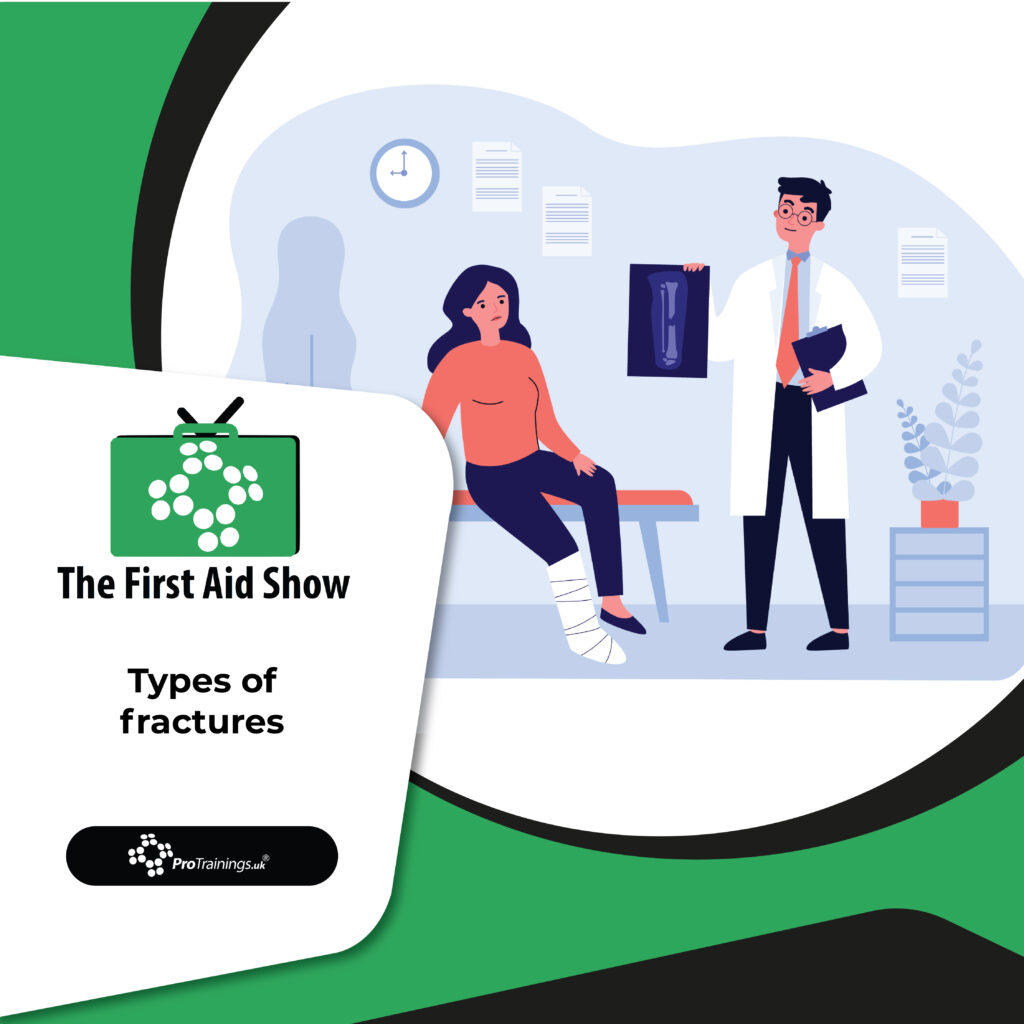Understanding Bone Fractures
Bones, while robust and slightly flexible, have a limit to the pressure they can withstand before breaking. The nature and severity of a fracture often hinge on the force applied, the individual’s bone strength, and the manner of injury. Particularly severe are open or compound fractures, where bone shards penetrate the skin, posing significant bleeding and infection risks. Various fracture types exist, each with distinct characteristics. Here’s a breakdown of some:
- Transverse Fractures: A straightforward break running horizontally across the bone.
- Stable Fractures: The fractured bone ends align almost perfectly.
- Complicated Fractures: These fractures are accompanied by damage to adjacent structures like blood vessels or nerves.
- Fracture Dislocation: A joint gets dislocated along with a bone fracture.
- Greenstick Fractures: The bone partly fractures; it bends and cracks but doesn’t entirely separate.
- Spiral Fractures: These fractures wind around the bone, typically observed in long bones.
- Compression Fractures: The bone is crushed, resulting in it appearing wider and shorter, frequently seen in the spine.
- Stress Fractures: Also termed hairline fractures, these can be tricky to detect using standard X-rays.
- Impact Fractures: The bone ends are jammed into each other due to the impact force.
- Oblique Fractures: Characterised by a diagonal break, commonly in long bones.
- Comminuted Fractures: The bone shatters into multiple pieces, creating bone fragments at the fracture site.
- Avulsion Fractures: A bone fragment gets yanked off due to a ligament or tendon’s force.
- Segmental Fractures: Often seen in long bones, the bone breaks at two spots, leaving a “floating” bone segment in between.
As a first aider, while it’s helpful to understand these types, pinpointing the exact fracture type isn’t critical, since the basic treatment remains consistent.
For further information on first aid training or tools, ring 01206 805359 or drop an email to support@protrainings.uk. For courses, browse www.protrainings.uk and for first aid equipment, visit www.first-aid-online.co.uk.


